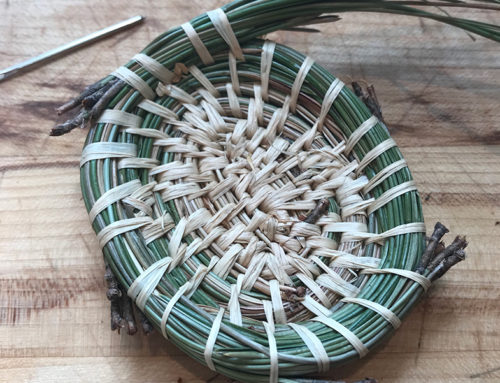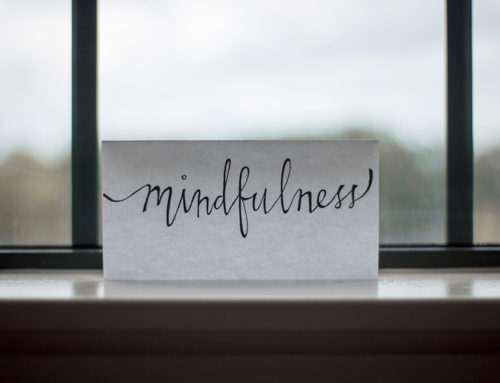It’s hard to describe what happens when panic sets in. People who don’t experience chronic acute anxiety episodes or PTSD (post-traumatic stress disorder) or dissociation often struggle to understand. As I woke the other day with a feeling of great distress, I found a new, truly geeky analogy to explain both the sensations and the management. The triggers for panic or an acute anxiety episode are individualized but the basics of the bodily responses are similar. Dysregulation happens when you begin to move outside of your comfort zone, or your window of tolerance.
In one direction, it can lead to hyperarousal and feelings of anxiety, anger, and loss of physical and/or mental-emotional control. In the other direction, hypoarousal leads to feelings of numbness and a sense of being frozen, incapable of any movement or action.
Hyperarousal is comparable to when a computer is maxed out, as when the majority of the CPU or RAM is used up with the processes of the stress response. All the energy is directed towards panic – you can’t seem to do anything except feel your heart racing or your head pounding or your breathing quicken or your thoughts spiral out of control. Nothing else in your system can function because all your resources are being used in a fight or flight response.
Hypoarousal, on the other hand, is like when your computer is completely frozen. We’ve all sat there, waiting for the spinning wheel to stop turning on a Mac or for the cursor to stop blinking on a PC. Nothing appears to be happening and time just passes by. The worst part is you never know when it’s going to pass.
The most common question I get asked in practice is “how can I get re-regulated, and feel like I’m calm, focused, and in control?”
There are loads of great strategies to help increase your window of tolerance and help in those moments of agitation or numbness, especially if you can catch them early on.
Learn how to prevent your internal computer from fleeing or freezing by redirecting your resources, calming your brain, and helping your body feel connected and organized. Access your body’s innate healing mechanisms through the basics of self-regulation – breathing, humming/singing, and moving. Use mindfulness exercises to ground yourself in the present moment. Drink a cup of tea. Get outside. Get extra support through the use of hydrotherapy, homeopathy, and herbs.






